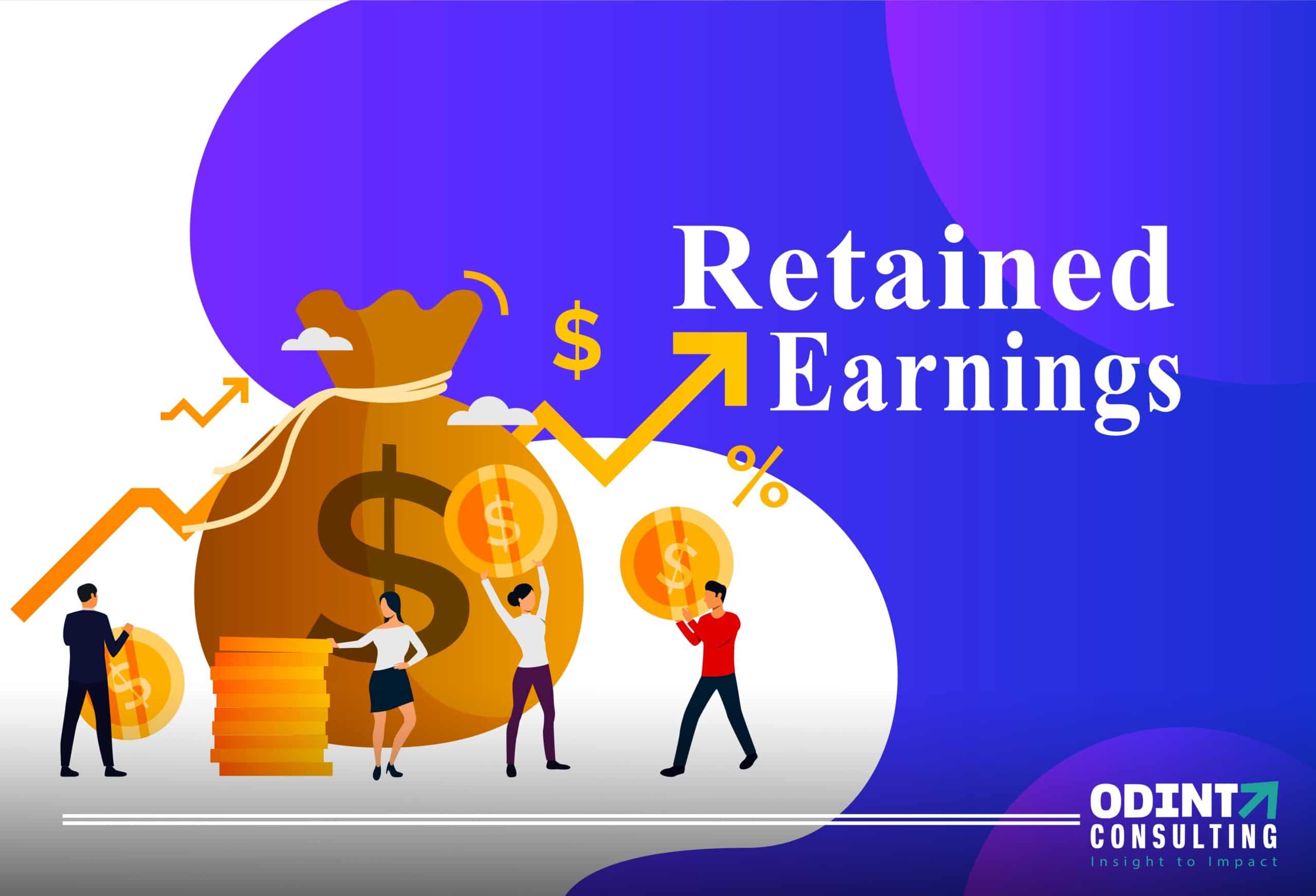
Introduction
Retained earnings are a vital part of any company’s financial foundation. They stand for the percentage of earnings that a business retains instead of paying out as dividends to shareholders. This money is reinvested to fuel growth, pay down debt, or strengthen operations. Understanding retained earnings helps investors, managers, and stakeholders assess a company’s ability to expand sustainably and weather economic downturns.
In this complete guide, you’ll learn what retained earnings are, how to calculate them using a simple formula, why they’re important for your balance sheet, and how they influence financial decisions. Whether you are operating a startup, a growing business, or are an investor, knowing how retained earnings work will help you make better financial choices.
What Are Retained Earnings?
Retained earnings (RE) are the cumulative net profits a company has earned over time, minus any dividends distributed to shareholders. They can be found in the shareholders’ equity section of the balance sheet and show how much profit is reinvested in the business.
An organization may choose to reinvest its profits or distribute them as dividends. The portion kept is known as retained earnings. Companies with stable retained earnings can finance expansion, pay off debt, or fund research and development without taking on new loans.
How to Calculate Retained Earnings?
The basic retained earnings formula is:
Retained Earnings = Beginning Retained Earnings + Net Income − Dividends Paid
Where:
Beginning Retained Earnings (RE₀): The amount carried over from the previous accounting period.
Net Income (NI): Profit earned during the current period.
Dividends Paid (D): Cash or stock dividends distributed to shareholders.
Example: Retained Earnings Calculation
Let’s look at a practical example. Suppose Company ABC started the year with retained earnings of $1,000,000. It generated $400,000 in net income and distributed $100,000 in dividends throughout the course of the year.
RE = $1,000,000 (Beginning RE) + $400,000 (Net Income) − $100,000 (Dividends)
RE = $1,300,000
As a result, $1,300,000 will be the retained earnings at the completion of the year.
Also Read: Operating Profit
Why Are Retained Earnings Important?
Companies use retained earnings for several strategic reasons:
1. Reinvestment:
Funds can be used for expansion, new product development, or entering new markets.
2. Debt Reduction:
Companies may use retained earnings to pay off high-interest debt, strengthening financial health.
3. Buffer for Tough Times:
A healthy retained earnings balance acts as a cushion during economic downturns.
4. Investor Confidence:
Sustainable retained earnings show a firm’s commitment to growth and can attract investors.
Impact of Net Income on Retained Earnings
Any increase in net income directly increases retained earnings. Higher revenues and controlled expenses mean more profit to retain. Conversely, net losses reduce retained earnings.
How do Dividends Affect Retained Earnings?
When a company declares dividends:
- Cash Dividends: Reduce available cash and directly decrease retained earnings.
- Stock Dividends: Reallocate a portion of retained earnings to the common stock account, diluting share value but keeping cash intact.
Companies with aggressive growth strategies often pay minimal dividends to maximize reinvestment.
Limitations of Retained Earnings
While retained earnings are useful, they have limitations:
- They don’t show how effectively profits are reinvested.
- High retained earnings with low returns can frustrate shareholders.
- If there are few profitable investment options, excessive retention could result in wasteful capital utilization.
Investors often analyze return on retained earnings to judge if management uses profits wisely.
Management’s Role in Retained Earnings
Deciding whether to retain profits or pay dividends depends on:
- Growth opportunities.
- Company maturity stage.
- Shareholder preferences.
Startups and growth-focused firms often retain most profits, while mature companies may return more to shareholders through dividends.
Recent Real-Life Example
As of September 2023, Apple Inc. reported retained earnings of over $70 billion, showcasing its massive reinvestment capacity and financial resilience. This demonstrates how top companies use retained earnings to maintain a competitive edge and fuel innovation.
Conclusion
Retained earnings are a clear sign of a company’s financial strength and long-term strategy. By keeping part of their profits instead of paying everything out as dividends, companies can reinvest in innovation, expansion, and debt reduction. However, prudent management of healthy retained earnings is required to balance expansion and shareholder expectations.
Investors and owners should monitor how effectively a company uses its retained earnings to generate returns. Understanding this key financial figure helps you evaluate whether a company can grow steadily while rewarding its shareholders. To manage your business finances smartly and plan sustainable growth, pay close attention to your retained earnings.
FAQ’s
Negative retained earnings indicate accumulated losses or excessive dividend payments exceeding net profits. It can signal financial distress if persistent.
Yes. Retained earnings are recorded under shareholders’ equity on a company’s balance sheet.
They are adjusted in light of any additional profits and dividends and carried over to the following accounting period.
Companies typically use retained earnings for reinvestment, debt repayment, acquisitions, or as a reserve for future uncertainties.

